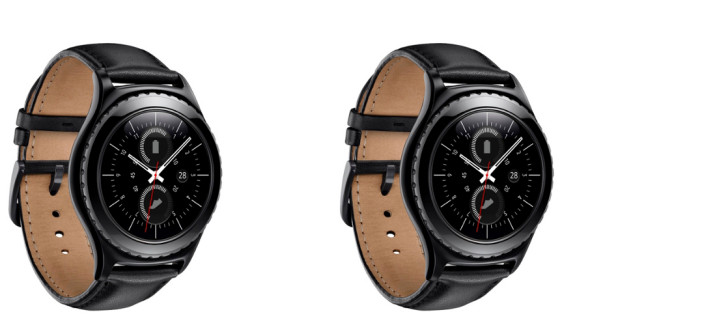eSIM specification lets consumers add a comprehensive range of new devices to a mobile subscription
The GSMA has released a specification that allows consumers to remotely activate the SIM embedded in a device such as a smartwatch, fitness band or tablet. This new specification, embedded SIM (eSIM), is the first output from the GSMA’s industry-backed Consumer Remote SIM Provisioning initiative, will enable consumers to add a new generation of devices to a mobile subscription and connect them securely to a mobile network.
Unlike a traditional SIM card, which is pre-provisioned with an operator profile, eSIMs are reprogrammable, so the required operator can be activated, changed or installed over an encrypted communication over a mobile or fixed network.
eSIMs are already used for machine to machine (M2M) applications. Patrick Chomet, group director of terminals, at Vodafone, commented in a blog on the subject that the introduction of eSIMs for consumers will deliver them multiple benefits, including more connected devices. As eSIMs are smaller than traditional removable SIM cards, they enable devices including smartwatches, fitness trackers or even glasses to have standalone mobile connectivity for the first time. eSIMs are also easy to add to a data plan; connecting devices with eSIMs to a mobile account can become as simple as it currently is to add a device to home broadband.Plus it is faster to get connected, as consumer devices with eSIMs will be able to connect to mobile data networks straight out of the box.
Vodafone will soon launch the Samsung Gear S2 classic 3G smartwatch in Germany using an eSIM. It is one of the first devices in any market to contain an eSIM based on a new industry-agreed specification, a development that will enable Vodafone’s customers to connect many more types of devices to their Vodafone account in future.
Chomet added: “With an industry-agreed system for remote provisioning in place, our customers can look forward to eSIMs enabling them to connect a new generation of devices using Vodafone’s fast and reliable mobile networks.”
Commented Alex Sinclair, CTO, GSMA: “This is the only interoperable and global specification that has the backing of the mobile industry and lets consumers with a mobile subscription remotely connect their devices to a mobile network. This new specification gives consumers the freedom to remotely connect devices, such as wearables, to a mobile network of their choice and continues to evolve the process of connecting new and innovative devices.”
Mobile network operators, mobile device manufacturers and SIM vendors have worked closely together through the GSMA initiative to deliver a specification that will allow consumers to easily activate the SIM embedded in a range of devices with a subscription from a mobile network operator of their choice. The initiative does not aim to replace all SIM cards in the field, but is instead designed to help users connect multiple devices through the same subscription and will help mobile device manufacturers to develop a new range of smaller, lighter mobile-connected devices that are better suited for wearable technology applications.
The specification is backed by the world’s largest operators including AT&T, CK Hutchison, Deutsche Telekom, Etisalat, EE, KDDI, NTT Docomo, Orange, Rogers, SFR, Sprint, Telefónica, Telenor, TeliaSonera, Telstra, TIM, Transatel, Verizon and Vodafone. It is also supported by SIM and chipset vendors including Gemalto, Giesecke & Devrient, Morpho (Safran), Oasis Smart SIM, Oberthur Technologies, Qualcomm, STMicroelectronics, and Valid, as well as device makers including Apple, Huawei, LG, Microsoft, Sony and Samsung. Telecom equipment provider Nokia and security provider Trustonic also support the specification.
The GSMA will also release an additional specification in June 2016 that will include remote provisioning for any mobile device.





